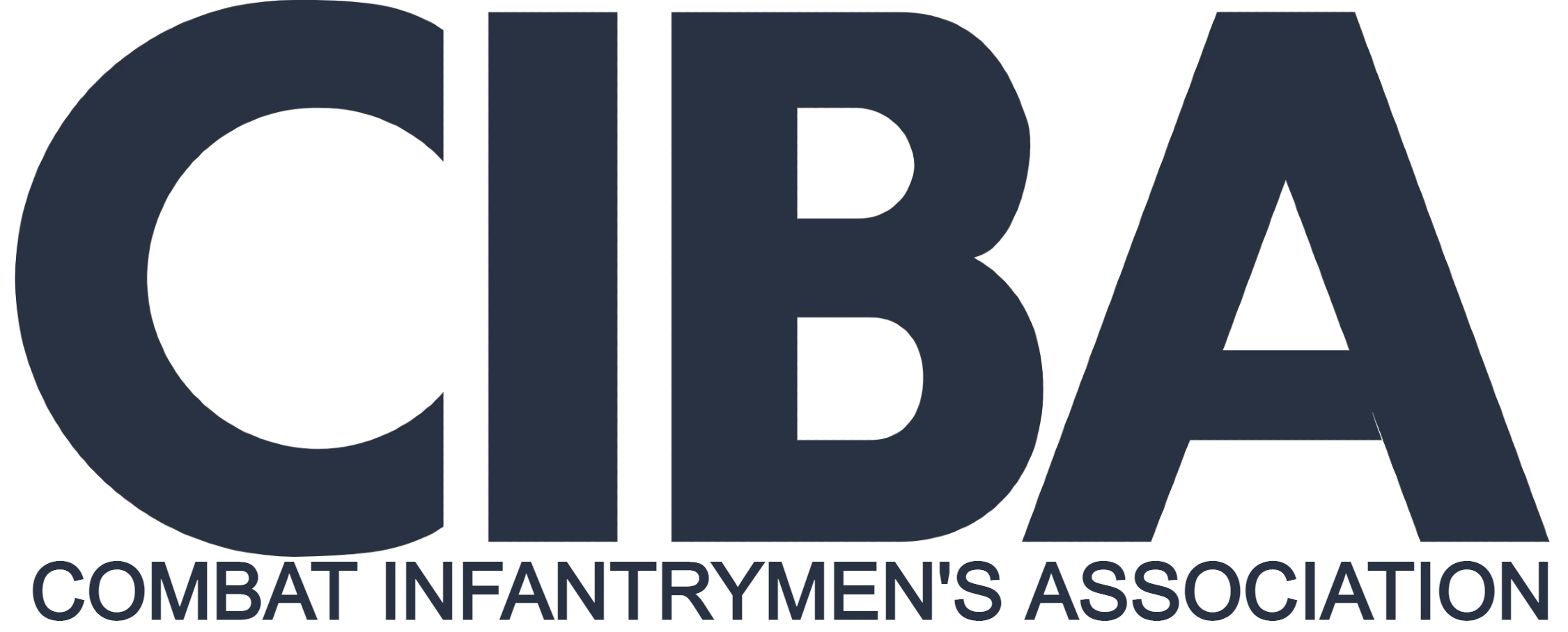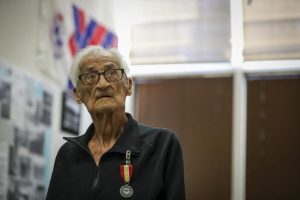Even if you’ve never seen the original “King Kong,” you probably know its climactic aerial assault scene. An escaped Kong has kidnapped Ann (actress Fay Wray) by reaching into her hotel room and carrying her to the top of the Empire State Building. There, he’s attacked by four Curtiss F8C Helldiver biplanes.
Watching the scene, you might notice those biplanes do a lot more aerial maneuvering than what would probably be necessary to shoot a giant ape that isn’t shooting back. There’s a good reason for that: Director Merian C. Cooper was an Army pilot who loved flying as much as he loved making movies.
Cooper had already led an epic life before making what believe is one of the greatest horror movies of all time. When he was 6, he decided he wanted to be an explorer, because that was something you could actually decide to do in 1899. He attended the U.S. Naval Academy in 1911, but was given the boot during his senior year for what is possibly the best reason ever: ” “hell raising and for championing air power,” according to The New York Times.
The expulsion didn’t stop him from serving in the U.S. military. In 1916, Cooper joined the Georgia National Guard so he could help the U.S. Army hunt down Pancho Villa. When he returned to Georgia the next year, he learned to fly at the Military Aeronautics School in Atlanta, where he graduated at the top of his class. He joined the Army Air Service as a bomber pilot just in time to fly combat missions in World War I.
After a year of training and combat (that included a nearly deadly accident), Cooper was shot down on a mission over France in September 1918. He refused to abandon his wounded co-pilot by bailing out, instead putting his burning biplane into a spin to put out the flames and then landing it on the battlefield below, where both men were captured by the Germans. They were held as prisoners (and presumed dead) until the war ended.
After the armistice that ended World War I, Cooper remained in the Air Service, helping future President Herbert Hoover deliver food aid to war-ravaged Poland. It wasn’t long before Poland was fighting for independence from communism against the newly formed Soviet Union. Cooper joined that fight, too, flying missions against the Soviets with American volunteers from the Kościuszko Squadron. There, too, he was shot down and captured. In 1921, he escaped his POW camp and came home to the United States.
Once home, he began writing for The New York Times and was commissioned to write a series of articles for Asia Magazine, which would actually spark his career in filmmaking. He traveled to the Ethiopian Empire, which was then called Abyssinia, with fellow World War I veteran Ernest Schoedsack. They spent time with the future Emperor Haile Selassie I and were attacked by pirates on their return voyage. Cooper wrote his article before making good on the promise he made at age 6: He became an explorer.
Schoedsack and Cooper made documentary films about their travels, starting with the Bakhtiari people of Iran and the Nan Province of China, as well as a feature film in Sudan, an adaptation of “The Four Feathers” that Cooper had read while fighting in Poland.
One day in 1929, Cooper was leaving a Manhattan office building when he heard the sound of an airplane. He looked up and visualized a giant gorilla at the top of the building. He decided he wanted to make a movie that pitted civilization against nature, where nature would be brought down by “the most modern of weapons, the airplane.”
His first concept of King Kong came from both his travels and the stories of his fellow adventurers. He’d watched baboons during an expedition to Africa, which piqued his interest in apes. His idea was for a “natural drama” where an expedition to a mysterious island captures an ape and brings it back to New York, where it’s put on display and escapes before being killed.
Cost restrictions during the Great Depression forced the filmmakers to scale down the idea of actually going to Africa to capture an ape. Though the studios decided to make it a stop-motion animation, the movie still cost the equivalent of $10 million in 2023 dollars. Along the way, Kong grew to giant size, and when the Empire State Building finally opened in 1931, it was decided Kong would attack that, too.
When it came time for the airplanes to attack King Kong, Cooper and Schoedsack were the two men in the biplane, firing at their own creation.

“King Kong” was far from the end of Cooper’s story. When World War II rolled around, he rejoined the then-Army Air Corps. He marshaled resources in the China-Burma-India theater of the war, acted as logistical liaison for the Doolittle Raid and worked the airlift that carried aircraft and supplies over the “Hump” of the Himalayas from India into China. He was even aboard the USS Missouri when Japan surrendered to the Allies.
Cooper continued making movies into the early 1960s and died in 1973 at the age of 79, having completely fulfilled the dreams of his 6-year-old self and pretty much every other young airman with the need for adventure.
— Blake Stilwell can be reached at blake.stilwell@military.com. He can also be found on Facebook, X or on LinkedIn.
Want to Learn More About Military Life?
Whether you’re thinking of joining the military, looking for post-military careers or keeping up with military life and benefits, Military.com has you covered. Subscribe to Military.com to have military news, updates and resources delivered directly to your inbox.
Story Continues
Please rate this CIBA article
Vote






